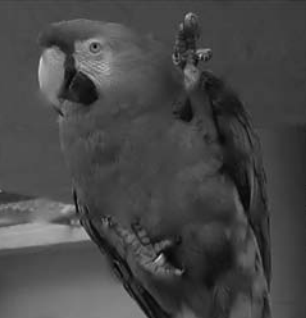| Authors: | J. M. Fadili, J.-L. Starck, F. Murtagh |
| Journal: | The Computer Journal |
| Year: | 2007 |
| Download: | HAL |
Abstract
Representing the image to be inpainted in an appropriate sparse representation dictionary, and combining elements from Bayesian statistics and modern harmonic analysis, we introduce an expectation maximization (EM) algorithm for image inpainting and interpolation. From a statistical point of view, the inpainting/interpolation can be viewed as an estimation problem with missing data. Toward this goal, we propose the idea of using the EM mechanism in a Bayesian framework, where a sparsity promoting prior penalty is imposed on the reconstructed coefficients. The EM framework gives a principled way to establish formally the idea that missing samples can be recovered/ interpolated based on sparse representations. We first introduce an easy and efficient sparserepresentation-based iterative algorithm for image inpainting. Additionally, we derive its theoretical convergence properties. Compared to its competitors, this algorithm allows a high degree of flexibility to recover different structural components in the image (piecewise smooth, curvilinear, texture, etc.). We also suggest some guidelines to automatically tune the regularization parameter.

